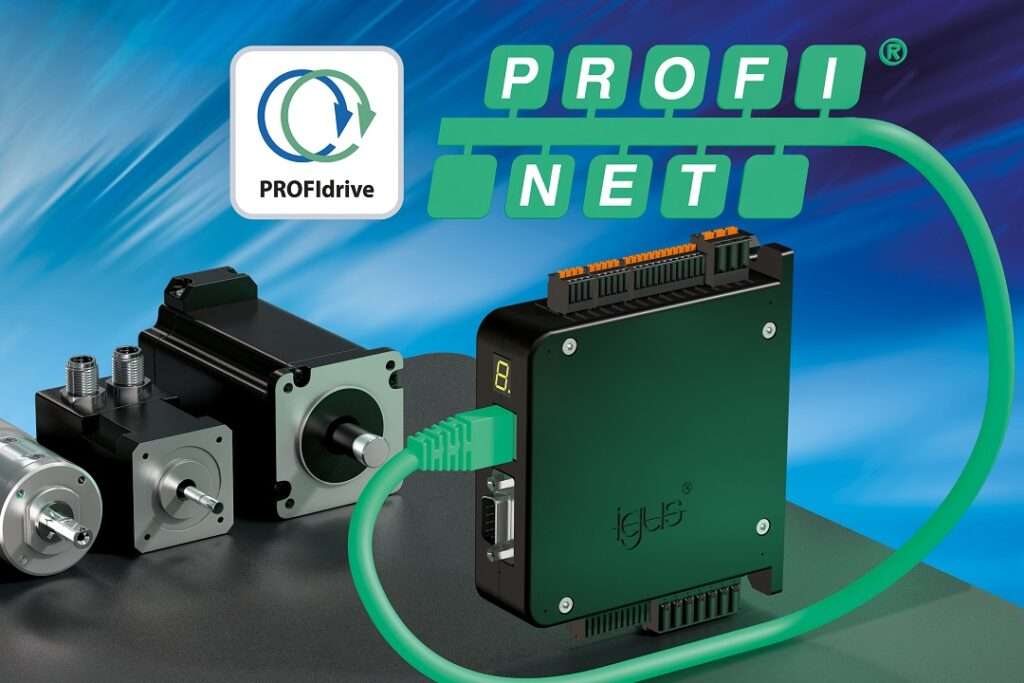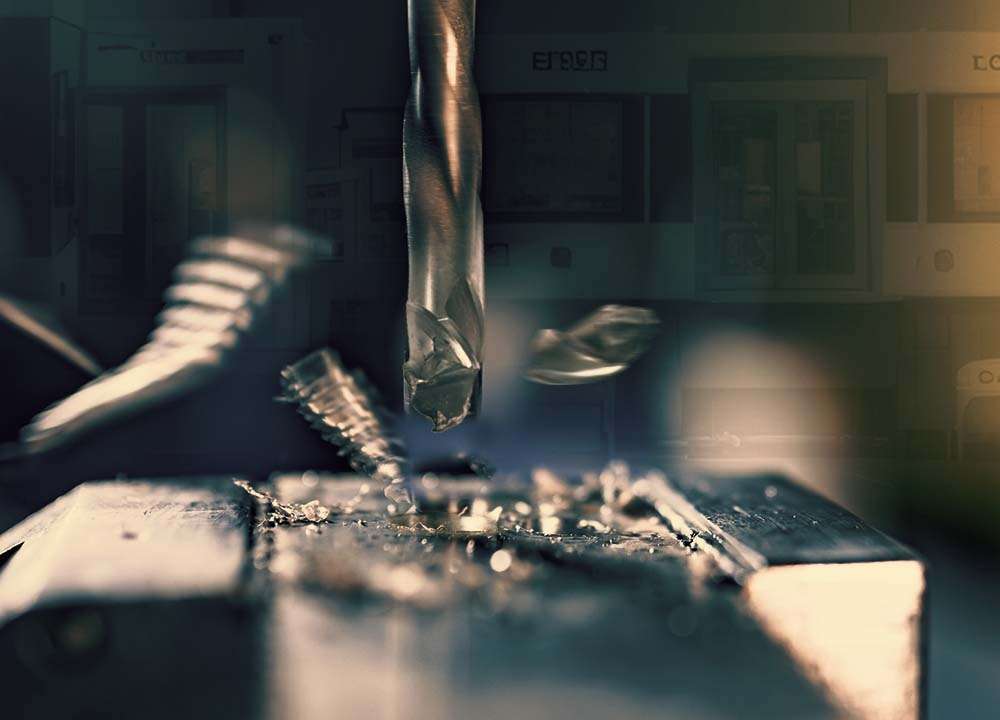Lockheed Martin [NYSE: LMT] has finalized assembly and testing of NASA’s Orion spacecraft designated for the Artemis II mission, transferring it to NASA’s Exploration Ground Systems (EGS) team for final pre-launch operations. This marks a critical milestone in the Artemis program, which aims to establish a sustained human presence on the Moon and lay the groundwork for future crewed missions to Mars.
Orion, developed as the most advanced human-rated spacecraft for deep space exploration, is being produced by Lockheed Martin as NASA’s prime contractor. The company is responsible for manufacturing the crew module, the crew module adaptor, and the launch abort system.
Kirk Shireman, Vice President of Human Space Exploration and Orion Program Manager at Lockheed Martin, commented: “The completion of the Orion spacecraft for Artemis II demonstrates the dedication and expertise of our engineering teams and suppliers. This vehicle represents the next phase of the United States’ commitment to long-duration human exploration beyond low-Earth orbit.”
Unlike the earlier uncrewed missions—Exploration Flight Test-1 (EFT-1) and Artemis I—Artemis II will carry astronauts into deep space for the first time in over five decades. The vehicle incorporates a range of life-support and crew safety systems, including air and water circulation, thermal management, waste disposal, integrated displays and controls, advanced communication interfaces, and a fully operational Launch Abort System.
Additional upgrades include the installation of docking sensors and an experimental laser communication system designed to enable high-bandwidth data transmission, which will be essential for future long-duration missions. The spacecraft will now undergo a series of final processing activities led by NASA’s EGS team. Following its departure from the Neil Armstrong Operations and Checkout Building at Kennedy Space Center, Orion will be transferred to facilities for the loading of consumables such as oxygen, water, and propellants, and for the integration of the launch abort system and protective fairings. Upon completion, the spacecraft will be transported to the Vehicle Assembly Building, where it will be mated with the Space Launch System (SLS) rocket in preparation for launch.
Artemis II is scheduled to launch in early 2026. The mission will include a crew of four astronauts: NASA astronauts Reid Wiseman, Victor Glover, Christina Koch, and Canadian Space Agency astronaut Jeremy Hansen. Over a 10-day mission, Orion will travel approximately 4,600 miles beyond the Moon before returning to Earth.
The crew will evaluate Orion’s deep space performance, assess onboard systems, and carry out navigation, communication, and scientific experiments. A rendezvous operation with the SLS upper stage will also be conducted, providing critical data for docking maneuvers required for future missions such as Artemis III, which will facilitate the first human landing on the lunar surface since Apollo 17 in 1972.
With the Artemis II vehicle completed, Lockheed Martin is progressing on the assembly of spacecraft for future Artemis missions. The Artemis III and Artemis IV Orion vehicles are currently under construction at the Operations and Checkout Building, while welding work on the pressure vessel for Artemis V is ongoing at NASA’s Michoud Assembly Facility in New Orleans. Lockheed Martin is under contract to deliver Orion spacecraft for missions through Artemis VIII, with each subsequent vehicle achieving increased cost efficiency through design and production improvements.
Lockheed Martin Corporation is a global leader in aerospace, defense, and advanced technologies. Headquartered in Bethesda, Maryland, the company is committed to delivering next-generation solutions across all domains—air, land, sea, space, and cyber. Through its 21st Century Security vision, Lockheed Martin supports national security objectives and scientific advancement by accelerating the development of transformative technologies.








